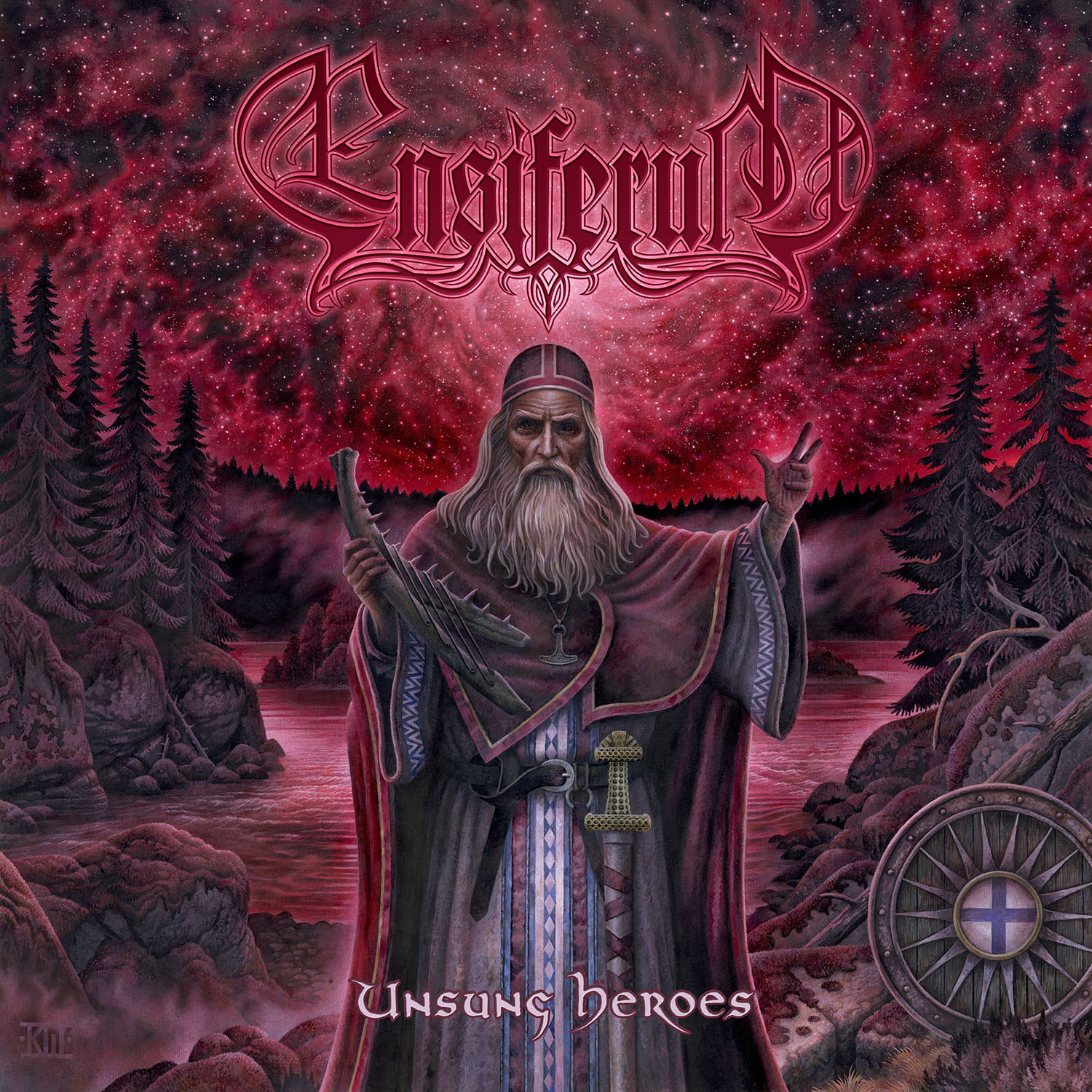Thin-walled non-motile spores are called zoospores. Pseudopodium flagella cilia tentacles The male and female gametocytes fuse and form an ookinete—a fertilized, motile zygote. Chlorophyceae (green algae) reproduce by zoospores with two identical anterior flagella. Which of the following statements is true? D. cyst – a thick walled reproductive structure formed during unfavourable conditions. Question which motile-stage of protozoa is helpful in feeding? So, the correct option is ‘zoospores’. C. conidia – spores formed exogenously on the conidiophores. Uninucleate, non-motile, asexual spores produced by fungus are called conidia. Thick-walled vegetative cells produced by algae during adverse conditions are called aplanospores. In the female anopheles mosquito, gametocytes are taken up with the blood and mature in the mosquito gut. Thus, the correct answer is option c. A motile asexual spore produced by some algae, bacteria and fungi are akinetes. Red algae (rhodophyceae) are characterized by the absence of any motile gametes or spores. Cyanophyceae (blue green algae) reproduce by simple division/fragmentation or nonmotile spores and do not exhibit any motile phase during the life cycle. The correct option is c gut of female anopheles malaria is a mosquito-borne infectious disease affecting humans and other animals caused by plasmodium species. Ookinetes develop into new sporozoites. A. zoospores – flagellated, motile spores b. aplanospoers – non flagellated,motile spores.
Motile Cells: The Unsung Heroes Of Your Body
Thin-walled non-motile spores are called zoospores. Pseudopodium flagella cilia tentacles The male and female gametocytes fuse and form an ookinete—a fertilized, motile zygote. Chlorophyceae (green...









